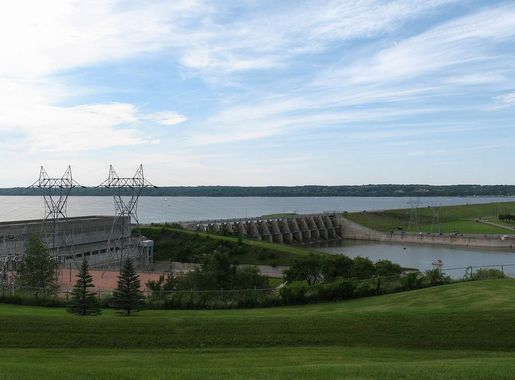
The Majestic Missouri River: South Dakota's Natural Treasure
Discover the scenic beauty and historical significance of the Missouri River in South Dakota, a perfect destination for nature enthusiasts and history buffs alike.
The Missouri River in South Dakota is a stunning outdoor destination, stretching over 2,300 miles and offering a rich tapestry of natural beauty and history. As one of the longest rivers in North America, it carves through the heart of South Dakota, presenting an ideal backdrop for a variety of outdoor activities. Whether you're an avid angler, a boating enthusiast, or someone who simply enjoys peaceful riverside strolls, the Missouri River has something for everyone. The river is flanked by rolling hills, lush forests, and a variety of wildlife, making it a paradise for nature lovers. Bird watchers will be delighted by the diversity of species, while photographers will find endless opportunities to capture breathtaking landscapes. The river's calm waters are perfect for kayaking and canoeing, offering a serene way to explore its length and breadth. In addition to its natural allure, the Missouri River is steeped in history. It has been a vital waterway for Native American tribes, explorers like Lewis and Clark, and settlers moving westward. Today, visitors can explore historical sites and museums along the river, gaining insight into its significant past. The combination of natural beauty and historical depth makes the Missouri River in South Dakota a must-visit destination for any traveler.
Local tips in Missouri River
- Visit in the late spring or early fall for the best weather and fewer crowds.
- Bring binoculars for bird watching, as the area is home to many species.
- Consider renting a kayak or canoe for a unique perspective of the river.
- Don't miss the Lewis and Clark Interpretive Center for a historical overview.
- Pack insect repellent, especially if you plan to be near the water during dusk.
The Majestic Missouri River: South Dakota's Natural Treasure
The Missouri River in South Dakota is a stunning outdoor destination, stretching over 2,300 miles and offering a rich tapestry of natural beauty and history. As one of the longest rivers in North America, it carves through the heart of South Dakota, presenting an ideal backdrop for a variety of outdoor activities. Whether you're an avid angler, a boating enthusiast, or someone who simply enjoys peaceful riverside strolls, the Missouri River has something for everyone. The river is flanked by rolling hills, lush forests, and a variety of wildlife, making it a paradise for nature lovers. Bird watchers will be delighted by the diversity of species, while photographers will find endless opportunities to capture breathtaking landscapes. The river's calm waters are perfect for kayaking and canoeing, offering a serene way to explore its length and breadth. In addition to its natural allure, the Missouri River is steeped in history. It has been a vital waterway for Native American tribes, explorers like Lewis and Clark, and settlers moving westward. Today, visitors can explore historical sites and museums along the river, gaining insight into its significant past. The combination of natural beauty and historical depth makes the Missouri River in South Dakota a must-visit destination for any traveler.
When is the best time to go to Missouri River?
Unmissable attractions to see
Meramec Caverns
Explore the enchanting Meramec Caverns in Missouri, a natural wonder filled with stunning limestone formations and thrilling outdoor adventures.
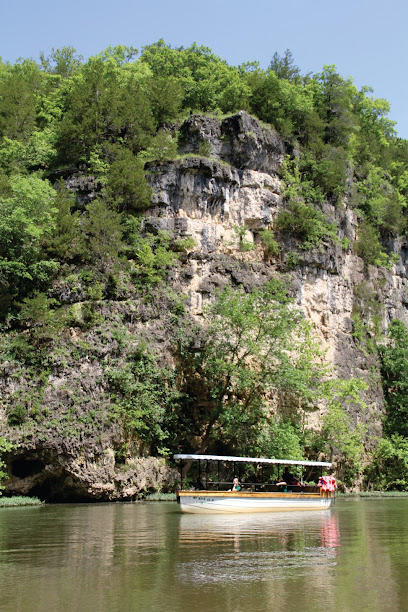
Giant Springs State Park
Explore the breathtaking Giant Springs State Park in Great Falls, Montana, where stunning natural springs and diverse wildlife await.
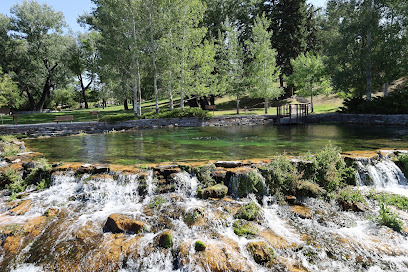
Fort Abraham Lincoln State Park
Explore the rich history and breathtaking landscapes of Fort Abraham Lincoln State Park in Mandan, North Dakota, a perfect destination for adventure and education.

Lewis & Clark Interpretive Center
Discover the journey of a lifetime at the Lewis & Clark Interpretive Center, where history comes alive in Sioux City, Iowa.
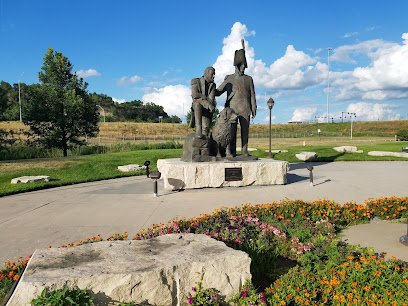
DeSoto National Wildlife Refuge
Explore the natural wonders and historical significance of DeSoto National Wildlife Refuge, a must-visit destination for wildlife enthusiasts and history lovers.
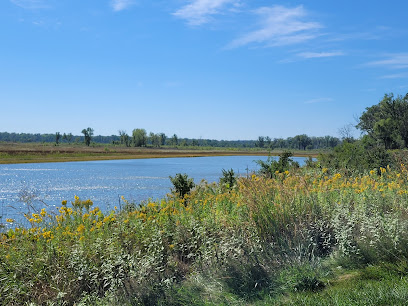
Devil's Gulch Park
Experience the natural beauty and rich history of Devil's Gulch Park in South Dakota, where adventure and tranquility meet.
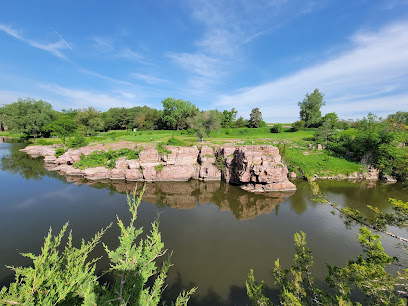
Lewis and Clark Interpretive Center
Explore the rich history of the Lewis and Clark expedition at the Interpretive Center in Washburn, North Dakota, where adventure meets education.
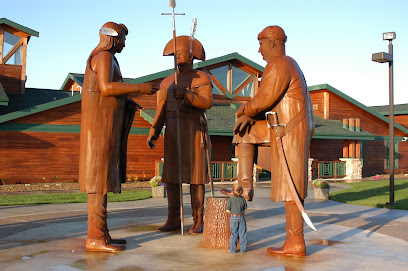
Sergeant Floyd River Museum
Explore the Sergeant Floyd River Museum: A Journey Through History and River Heritage in Sioux City, Iowa.
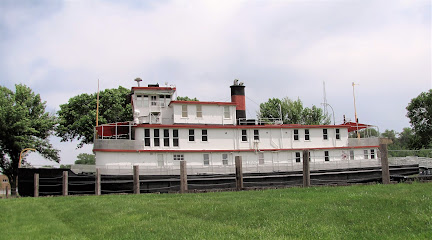
Loess Bluffs National Wildlife Refuge
Experience the breathtaking beauty of Loess Bluffs National Wildlife Refuge, where nature thrives and birdwatching delights await at every turn.
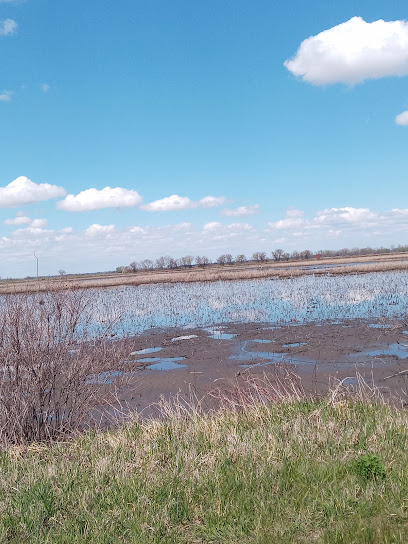
North Dakota Heritage Center & State Museum
Explore North Dakota's rich cultural heritage at the Heritage Center & State Museum, where history, art, and education come together in an inspiring experience.
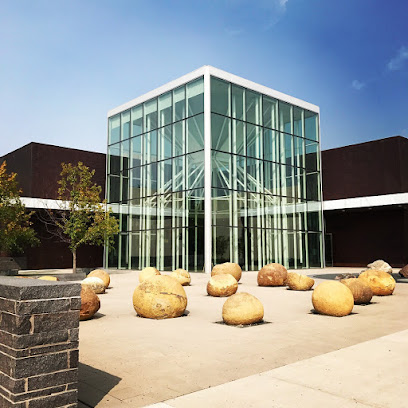
Fort Union Trading Post National Historic Site
Experience the historical significance of the fur trade at Fort Union Trading Post, a captivating site blending culture, education, and stunning river views.
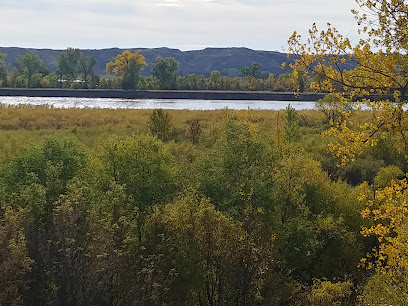
Fort Osage National Historic Landmark
Explore the rich history of Fort Osage National Historic Landmark, a vital site for early American settlers and the Osage Nation, located by the Missouri River.
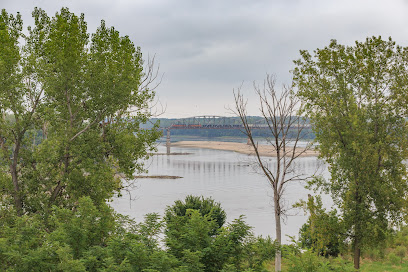
Super Slide Amusement Park
Discover adventure and fun at Super Slide Amusement Park in Bismarck, North Dakota, where thrilling rides and family-friendly attractions await.
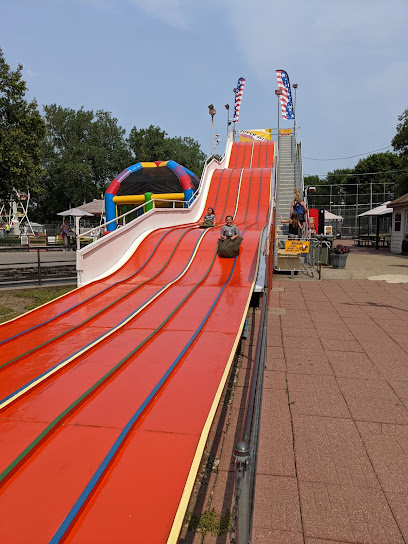
Upper Missouri River Breaks National Monument
Explore the breathtaking landscapes and rich history of Upper Missouri River Breaks National Monument, a nature lover's paradise in Montana.
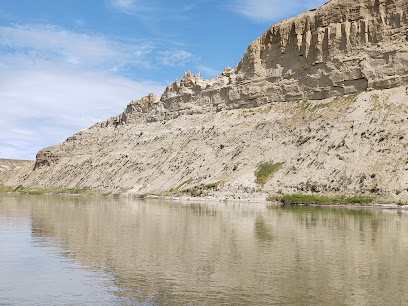
Petrified Wood Park & Museum
Experience the fascinating world of petrified wood at the enchanting Petrified Wood Park & Museum in Lemmon, South Dakota.
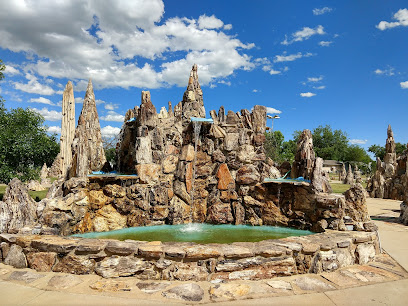
Markets, malls and hidden boutiques
The Empire Mall
Discover unparalleled shopping, dining, and entertainment at The Empire Mall, the premier shopping destination in Sioux Falls, South Dakota.
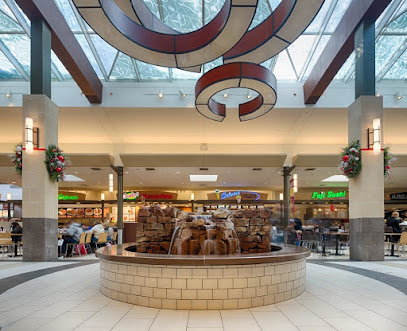
Mid Rivers Mall
Discover the vibrant shopping scene at Mid Rivers Mall, offering diverse retail, delicious dining, and family-friendly entertainment in St. Peters, Missouri.

Wall Drug Store
Experience the unique blend of shopping, dining, and history at Wall Drug Store – an iconic South Dakota destination for travelers and tourists alike.
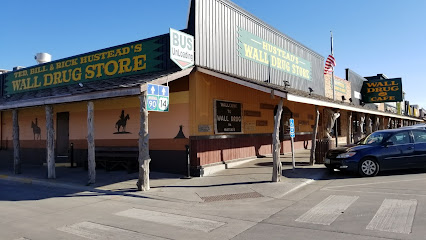
Al’s Oasis
Experience the best of American cuisine and unique shopping at Al's Oasis in Oacoma, SD, where comfort meets local culture.
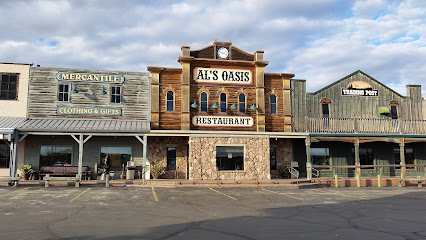
Kirkwood Mall
Discover the ultimate shopping experience at Kirkwood Mall in Bismarck, ND, featuring diverse shops, dining, and entertainment for all ages.
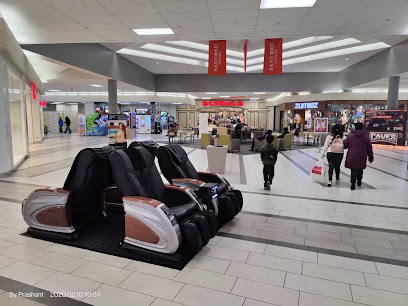
Badlands Ranch Store
Experience the unique charm of Badlands Ranch Store, your one-stop shop for local crafts and western treasures in the heart of South Dakota.

Dillard's Clearance Center
Discover stylish fashion at discounted prices at Dillard's Clearance Center, your ultimate shopping destination in St. Peters, Missouri.

Zandbroz Variety
Discover Zandbroz Variety in Sioux Falls, a unique bookstore and gift shop offering an eclectic selection of books and whimsical treasures.
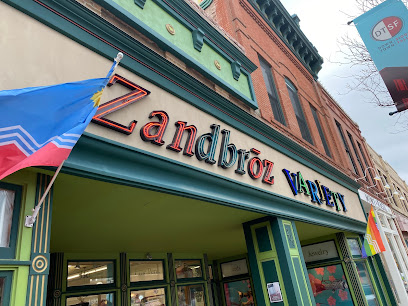
Rock Shed
Discover a geological paradise at Rock Shed in Keystone, SD - home to an extraordinary collection of rocks, minerals, and fossils.
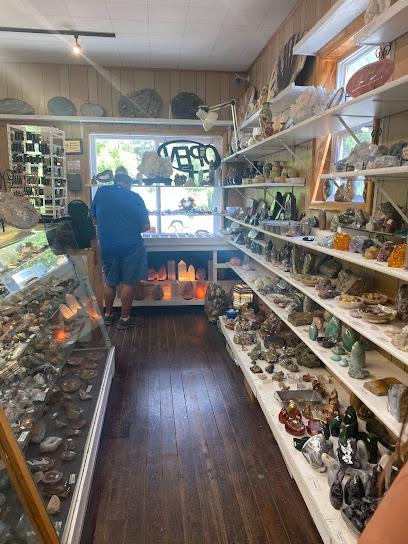
Jewel of the West
Explore Hill City's Jewel of the West for unique gifts, local artisan products, and an unforgettable shopping experience in the heart of the Black Hills.
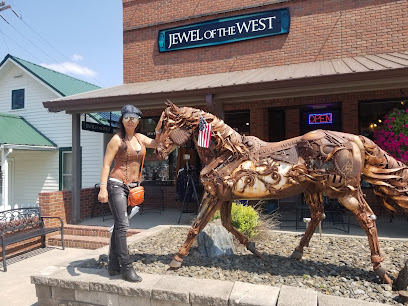
Missouri River Lodge
Discover the Missouri River Lodge, your ultimate destination for fishing, hunting, and an immersive nature experience in South Dakota.
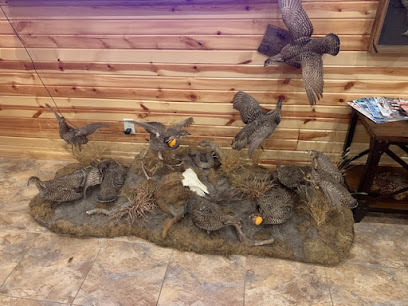
Bread Poets
Discover the charm of Bread Poets, a delightful bakery in Bismarck offering fresh, artisanal baked goods perfect for every taste.
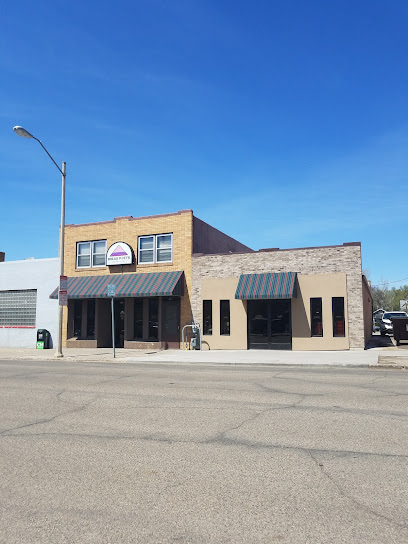
Mighty Missouri Coffee Company
Experience the best of Bismarck's coffee culture at Mighty Missouri Coffee Company, where quality brews meet a cozy atmosphere.
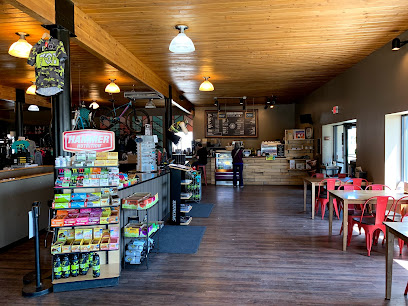
River City Sports
Discover River City Sports in Bismarck, ND – your one-stop destination for boats, repairs, and RVs, where aquatic adventures await!

River City Relics
Explore River City Relics in Yankton, SD for unique gifts, home decor, and local artisan treasures that capture the spirit of South Dakota.
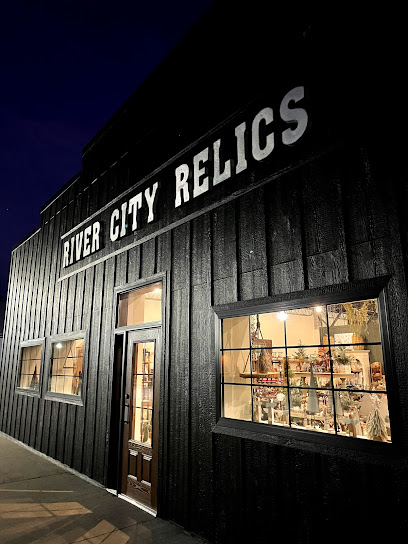
Essential bars & hidden hideouts
Al’s Oasis
Experience the best of American cuisine and unique shopping at Al's Oasis in Oacoma, SD, a must-visit for tourists seeking local charm.

Sickies Garage Burgers & Brews
Discover the ultimate burger experience at Sickies Garage Burgers & Brews, where American comfort food meets a vibrant bar atmosphere in Bismarck, ND.
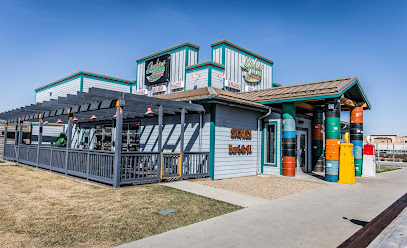
Blarney Stone Pub - Bismarck
Discover the warmth and charm of the Blarney Stone Pub in Bismarck, where authentic Irish hospitality meets delicious food and vibrant entertainment.
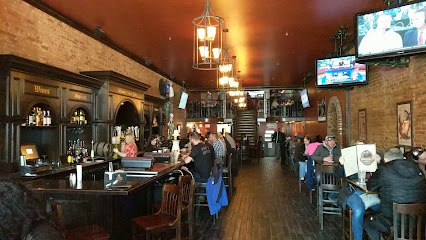
O'Malley's Pub
Discover the authentic Irish experience at O'Malley's Pub in Weston, Missouri, where delicious food, great drinks, and lively entertainment await.
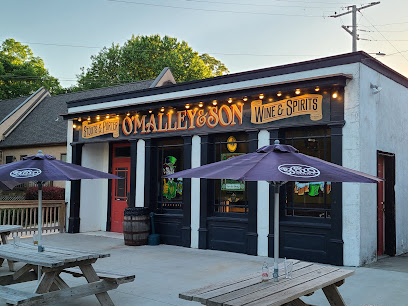
Pounders Pub & Grub
Experience the vibrant atmosphere and delicious American cuisine at Pounders Pub & Grub in Aberdeen, South Dakota, your perfect dining destination.
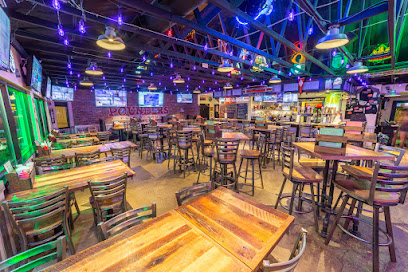
Cattleman's Club Steakhouse
Indulge in the finest steaks and a welcoming atmosphere at Cattleman's Club Steakhouse in Pierre, South Dakota, a must-visit for any meat lover.
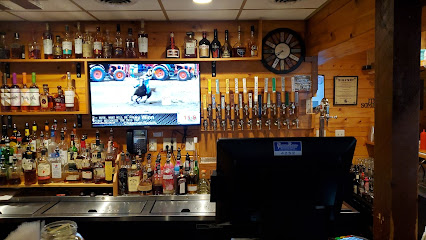
Kahill's Chophouse
Discover culinary excellence at Kahill's Chophouse, where premium steaks and fresh seafood meet a welcoming atmosphere in South Sioux City, Nebraska.
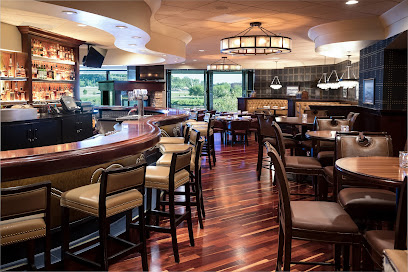
McNally's Irish Pub
Explore McNally's Irish Pub in Sioux Falls for a lively atmosphere, delicious food, and an extensive drink selection that captures the essence of Irish hospitality.
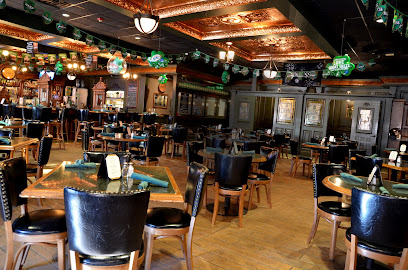
Peacock Alley
Experience the best of American cuisine with a modern twist at Peacock Alley, Bismarck's top dining destination known for its burgers, steaks, and cocktails.
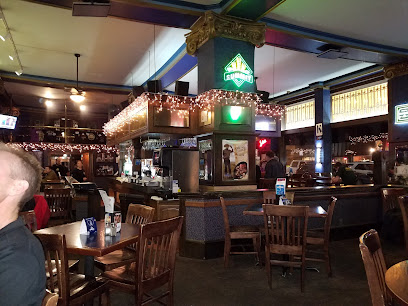
Drifters Bar & Grille
Discover the perfect blend of delicious food and a lively atmosphere at Drifters Bar & Grille in Fort Pierre, South Dakota.
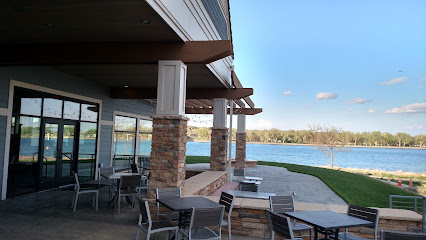
Mad Mary's Steakhouse & Saloon
Experience the best steaks in Pierre, South Dakota at Mad Mary's Steakhouse & Saloon, where hearty meals meet a warm saloon atmosphere.
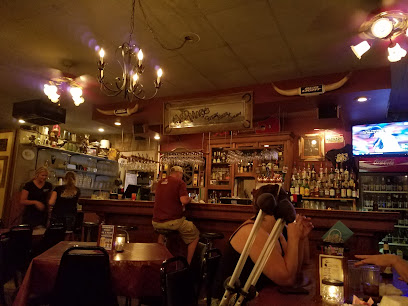
Carpenter Bar
Discover the lively atmosphere and unique cocktails at Carpenter Bar, the perfect nightlife destination in Sioux Falls, South Dakota.
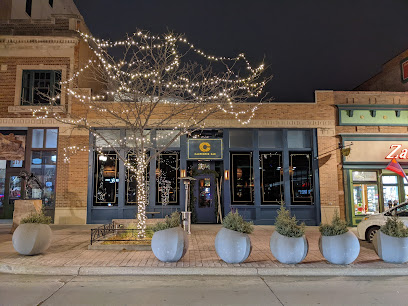
Broadway Grill & Tavern
Discover the culinary delights of Broadway Grill & Tavern, where grilled perfection meets a vibrant wine selection in Bismarck, ND.
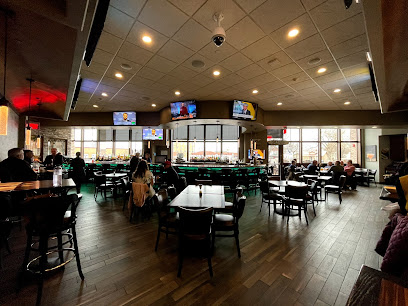
Tokyo Japanese Restaurant
Experience the taste of Japan at Tokyo Japanese Restaurant, Pierre's go-to spot for fresh sushi and traditional Japanese cuisine.
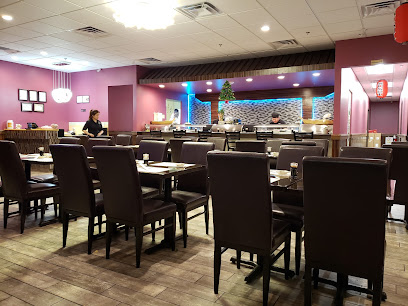
The Shipwreck Bar & Grill
Discover the charm of The Shipwreck Bar & Grill in Chester, SD, where delicious grilled dishes meet a friendly, nautical-themed atmosphere.
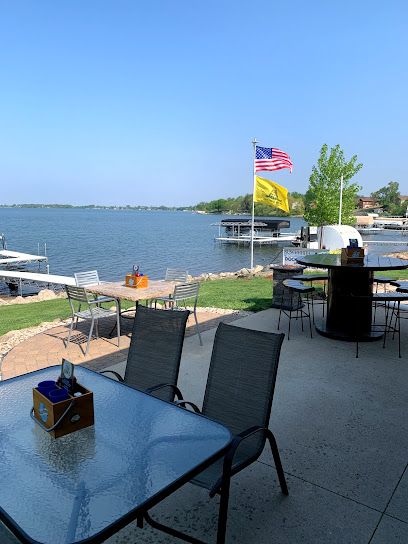
Local Phrases about Missouri River
-
- HelloHowdy
[haw-dee] - GoodbyeSee ya
[see yuh] - YesYup
[yuhp] - NoNope
[nohp] - Please/You're welcomePlease/You're welcome
[pleez/yur welcome] - Thank youThanks
[thanks] - Excuse me/SorryPardon me
[par-dn me] - How are you?Howdy
[haw-dee] - Fine. And you?Fine. And you?
[fahyn. nd yuh?] - Do you speak English?Ya speak English?
[yuh speak ing-glish?] - I don't understandI don't get it
[ah dohnt get it]
- HelloHowdy
-
- I'd like to see the menu, pleaseKin ah see the menu, please
[kin ah see the menu, please] - I don't eat meatAh don't eat meat
[ah dohnt eat meet] - Cheers!Cheers!
[cheers] - I would like to pay, pleaseAh'd like to pay, please
[ah'd like to pay, please]
- I'd like to see the menu, pleaseKin ah see the menu, please
-
- Help!Help!
[help!] - Go away!Git!
[git!] - Call the Police!Call the Police!
[call the police!] - Call a doctor!Call a doc!
[call uh doc!] - I'm lostAh'm lost
[ah'm lost] - I'm illAh'm sick
[ah'm sik]
- Help!Help!
-
- I'd like to buy...Ah'd like to buy...
[ah'd like to buy...] - I'm just lookingAh'm just lookin'
[ah'm just lookin'] - How much is it?How much is it?
[how much is it?] - That's too expensiveThat's too pricey
[thats too pricey] - Can you lower the price?Can ya lower the price?
[can yuh lower the price?]
- I'd like to buy...Ah'd like to buy...
-
- What time is it?What time is it?
[what time is it?] - It's one o'clockIt's one o'clock
[its one uh-clock] - Half past (10)Half past (10)
[half past (10)] - MorningMornin'
[mornin'] - AfternoonAfternoon
[afternoon] - EveningEvenin'
[evenin'] - YesterdayYesterday
[yesterday] - TodayToday
[today] - TomorrowTomorrow
[tomorrow] - 11
[1] - 22
[2] - 33
[3] - 44
[4] - 55
[5] - 66
[6] - 77
[7] - 88
[8] - 99
[9] - 1010
[10]
- What time is it?What time is it?
-
- Where's a/the...?Where's a/the...?
[wheres uh/the...?] - What's the address?What's the address?
[whats the address?] - Can you show me (on the map)?Can ya show me (on the map)?
[can yuh show me (on the map)?] - When's the next (bus)?When's the next (bus)?
[whens the next (bus)?] - A ticket (to ....)A ticket (to ....)
[uh ticket (to ....)]
- Where's a/the...?Where's a/the...?
History of Missouri River
-
In 1804, the Lewis and Clark Expedition, also known as the Corps of Discovery, embarked on a historic journey along the Missouri River. This expedition, led by Meriwether Lewis and William Clark, was commissioned by President Thomas Jefferson to explore the newly acquired Louisiana Purchase and find a water route to the Pacific Ocean. The explorers traveled through what is now South Dakota, mapping the river, cataloging new species, and establishing relations with Native American tribes. Their journey provided invaluable information about the geography and natural resources of the region.
-
The Arikara War was the first armed conflict between the United States and Native Americans in the Missouri River region. In 1823, tensions escalated between the Arikara tribe and American traders, leading to a skirmish near present-day Mobridge, South Dakota. The conflict arose due to misunderstandings and competition over trade. The U.S. Army, aided by Sioux allies, launched a punitive expedition against the Arikara, resulting in a brief but significant conflict. This war highlighted the complexities of early American expansion and interaction with indigenous peoples along the Missouri River.
-
The advent of steamboats in the early 19th century revolutionized transportation and trade along the Missouri River. These paddlewheel vessels became the lifeline of commerce, carrying goods and passengers between settlements. The steamboat 'Yellowstone,' launched in 1831, was one of the first to navigate the upper Missouri River, reaching as far as Fort Pierre, South Dakota. The steamboat era facilitated economic growth, migration, and the establishment of trading posts and military forts along the river, shaping the development of the region.
-
Established in 1832 by the American Fur Company, Fort Pierre Chouteau became a major trading post on the Missouri River. Named after Pierre Chouteau Jr., a prominent fur trader, the fort played a crucial role in the fur trade industry. Traders exchanged goods with Native American tribes, including the Sioux, for valuable furs. Fort Pierre Chouteau was one of the largest and most important trading posts on the river, serving as a hub for commerce and cultural exchange. The fort's legacy is a testament to the economic impact of the fur trade in the region.
-
The Oahe Dam, completed in 1962, is one of the largest earth-filled dams in the world. Located near Pierre, South Dakota, it was constructed as part of the Pick-Sloan Missouri Basin Program to provide flood control, hydroelectric power, irrigation, and recreational opportunities. The dam impounds Lake Oahe, which stretches for 231 miles along the Missouri River. The construction of Oahe Dam significantly altered the landscape and ecosystem of the region, creating new habitats and recreational areas while also displacing some communities. It remains a vital infrastructure project for the area.
-
The Missouri River in South Dakota has been a vital artery for Native American tribes for centuries. Tribes such as the Lakota, Dakota, and Nakota (Sioux) have deep cultural and spiritual connections to the river. It served as a source of sustenance, transportation, and trade. The river's banks are dotted with archaeological sites, including ancient villages, burial grounds, and sacred sites. Today, efforts are ongoing to preserve and honor the rich Native American heritage along the Missouri River, highlighting its significance in the history and culture of the region.
Missouri River Essentials
-
The Missouri River in South Dakota can be accessed via multiple entry points. The nearest major airports are Sioux Falls Regional Airport (FSD) and Rapid City Regional Airport (RAP). From these airports, you can rent a car or take a regional flight to smaller airports like Pierre Regional Airport (PIR). Alternatively, long-distance buses and rail services connect from major cities to towns along the Missouri River.
-
Transportation options along the Missouri River include car rentals, which offer the most flexibility for exploring the area. Local buses and shuttles are available in larger towns, but they can be infrequent. Biking and hiking trails are also popular for short distances. For water-based travel, several marinas offer boat rentals and guided tours.
-
The official currency is the United States Dollar (USD). Credit and debit cards are widely accepted, but it's advisable to carry some cash for smaller establishments and rural areas. ATMs are available in most towns along the river. Tipping is customary in the United States, generally around 15-20% for service in restaurants and other hospitality services.
-
The Missouri River area in South Dakota is generally safe for tourists. However, it is advisable to take standard precautions such as not leaving valuables in your car, being aware of your surroundings, and avoiding poorly lit areas at night. While there are no specific high-crime areas targeting tourists, staying vigilant is always a good practice.
-
In case of emergency, dial 911 for immediate assistance. Local police, fire departments, and medical facilities are available in towns along the Missouri River. It is recommended to have travel insurance that covers medical emergencies. For minor health issues, pharmacies are available in larger towns and cities.
-
Fashion: Do dress in layers, as weather can be unpredictable. Avoid overly revealing clothing when visiting historical or cultural sites. Religion: Do respect local customs and traditions, especially in places of worship. Public Transport: Do be courteous to other passengers. Don't play loud music or eat on public transport. Greetings: Do greet people with a smile and a handshake. Eating & Drinking: Do try local delicacies and respect dining customs. Don't be loud or disruptive in restaurants.
-
To experience the Missouri River like a local, visit the smaller, lesser-known parks and nature reserves. Engage with local residents who can provide insights into the best fishing spots, hiking trails, and historical sites. Attend local events and festivals to immerse yourself in the culture and traditions of the area. Don’t miss out on trying local dishes like walleye and buffalo burgers at local diners.
Nearby Cities to Missouri River
-
Things To Do in Mitchell
-
Things To Do in Rapid City
-
Things To Do in Mount Rushmore
-
Things To Do in Watertown
-
Things To Do in Custer
-
Things To Do in Deadwood
-
Things To Do in Bismarck
-
Things To Do in Mandan
-
Things To Do in Brookings
-
Things To Do in Sioux Falls
-
Things To Do in Jamestown
-
Things To Do in Valley City
-
Things To Do in Dickinson
-
Things To Do in North Platte
-
Things To Do in Wahpeton





